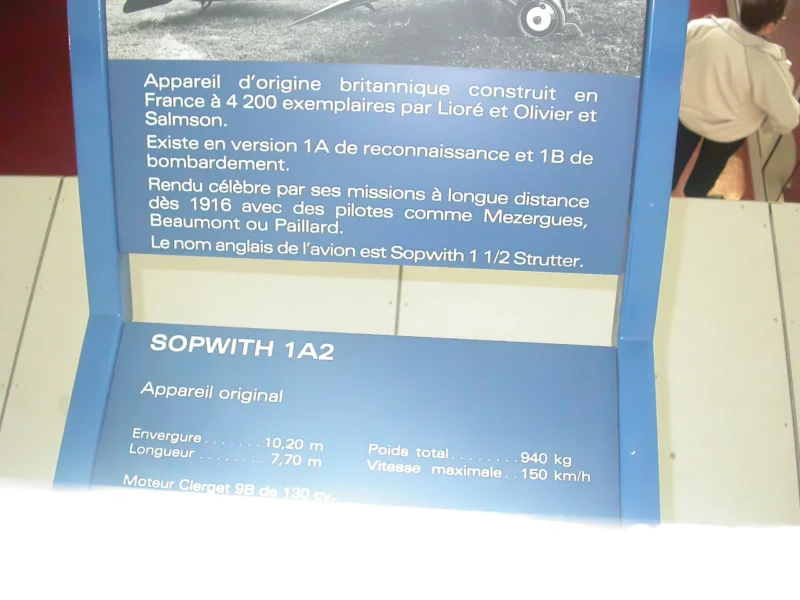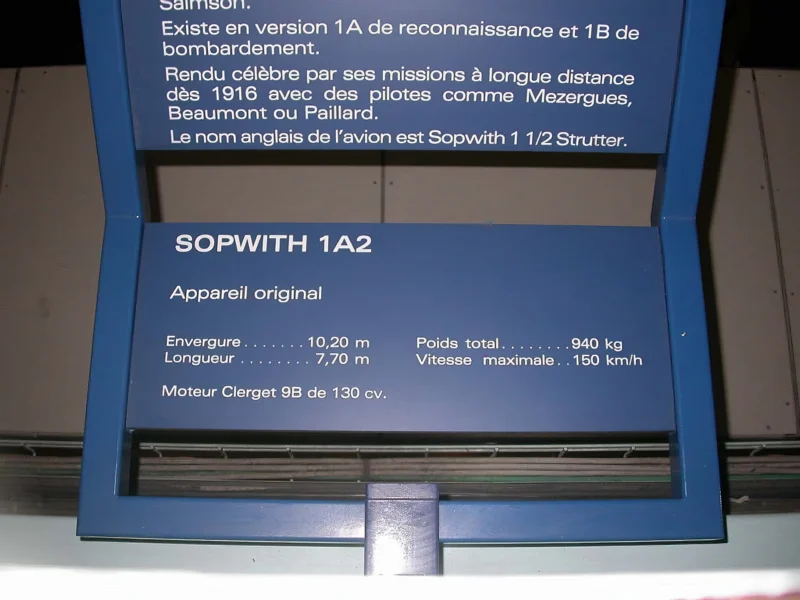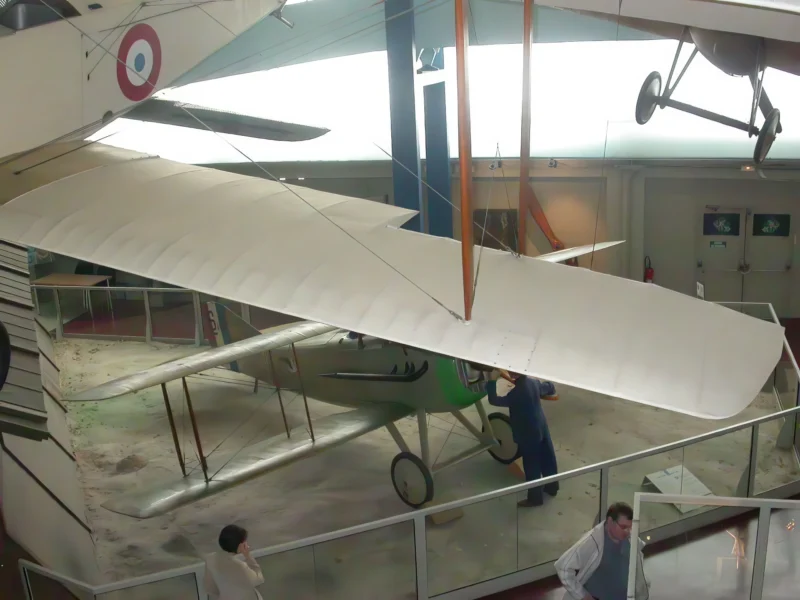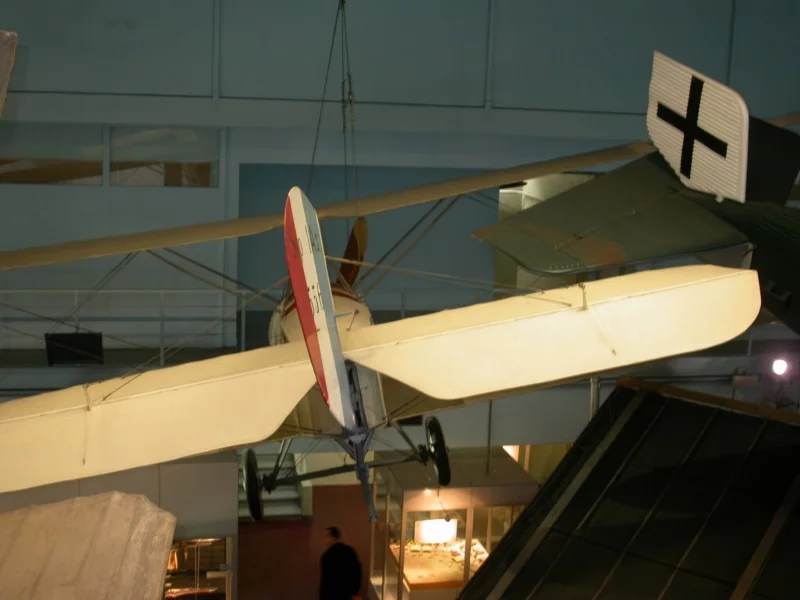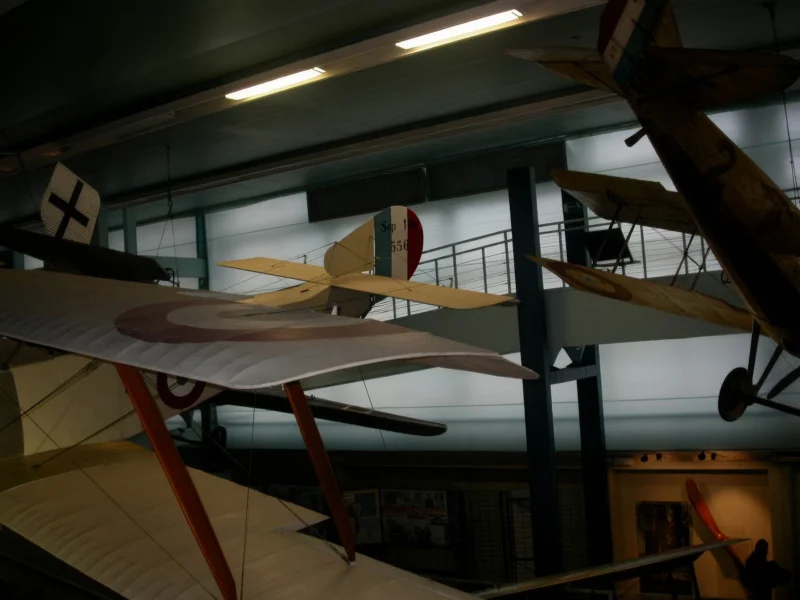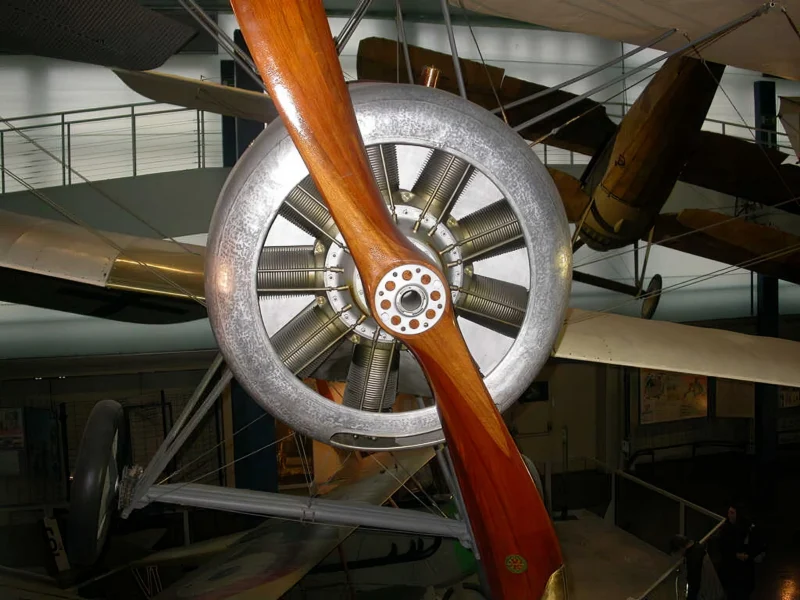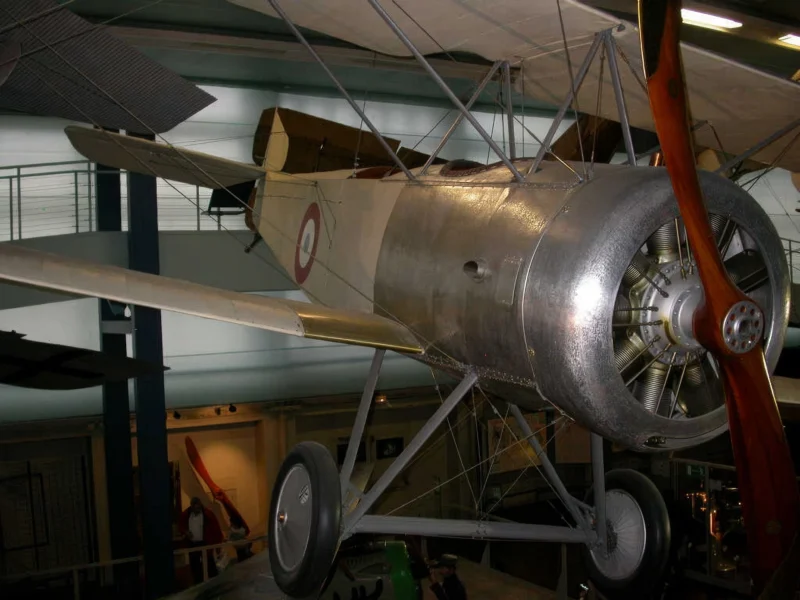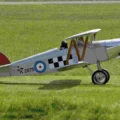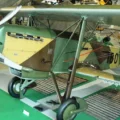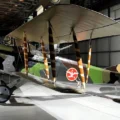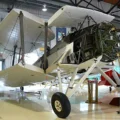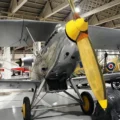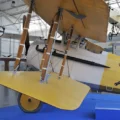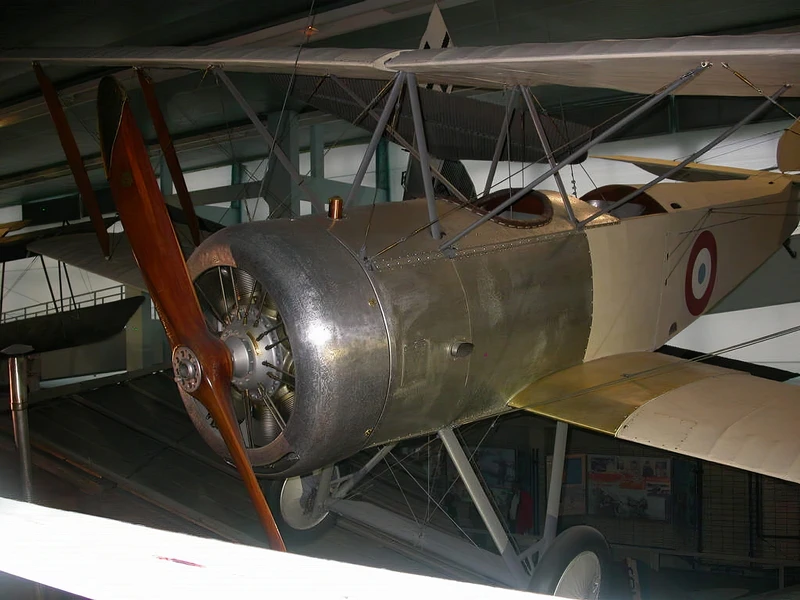
Sopwith 1½ Strutter | |
|---|---|
| Страна | Великобритания |
| Роля | Самолети с общо предназначение |
| Първи полет | Декември 1915 г. |
| Построен | 4500 Франция & 1439 Великобритания |
1. Соп с 1+1⁄2 стремет е британски еднолистен двуролен двуролен самолет от Първата световна война. Това е първият британски двуседалка тракторен изтребител и първият британски самолет, който влиза в експлоатация със синхронизирана картечница. Беше дадено името 1+1⁄2 Щрутър заради дългите и къси кабанни подпори, които поддържаха най-горното крило. Типът се управлява както от британските въздухоплавателни услуги, така и е в широко разпространено, но липсва обслужване с френския Aéronautique Militaire.
Източник: Сопви 11/2 Стратър в Уикипедия
| Sopwith 1A2 Strutter Walk Around | |
|---|---|
| Фотограф | Не знам |
| Локализация | Не знам |
| Снимки | 21 |
Вижте също:
General Characteristics
The Sopwith 1½ Strutter was a British single- or two-seat multi-role biplane used by the RFC and RNAS during World War I. It was highly significant as the first British aircraft to enter service with a synchronized machine gun firing through the propeller arc. It earned its unusual nickname, “1½ Strutter,” due to the configuration of the short and long cabane struts supporting the center section of the upper wing. The aircraft served in many roles, including fighter, reconnaissance, and bomber.
| Property | Typical Value (Two-Seater) |
|---|---|
| Official Designation (French) | Sopwith 1.A2 (Two-seat Reconnaissance) |
| Роля | Fighter, Reconnaissance, Light Bomber |
| Производителя | Sopwith Aviation Company |
| First Service | April 1916 |
| No. Built | ~6,000 (Over 4,500 licensed built in France) |
| Екипажа | 2 (Pilot and Observer/Gunner) or 1 (Bomber version) |
| Дължина | 7.70 m (25 ft 3 in) |
| Размах | 10.21 m (33 ft 6 in) |
| Max Takeoff Weight | 975 kg (2,150 lb) |
Powerplant and Design
- Engine: One Clerget 9B 9-cylinder air-cooled rotary engine (or Clerget 9Z or Le Rhône 9J).
- Power Output: 97 kW (130 hp) (Clerget 9B).
- Maximum Speed: Up to 171 km/h (106 mph).
- Endurance: Up to 4.25 hours.
- Innovative Features: It was one of the first aircraft to feature a variable-incidence tailplane (adjustable in flight) and airbrakes on the lower wings to aid landing.
Armament and Service
- Pilot’s Armament: 1 x 7.7 mm (.303 in) fixed, forward-firing Vickers machine gun (synchronized).
- Observer’s Armament: 1 x 7.7 mm (.303 in) flexible Lewis machine gun mounted on a Scarff ring (a new, standardized mounting).
- Bomb Load (Two-Seater): Up to 60 kg (130 lb) of bombs on underwing racks.
- Bomber Variant: The single-seat bomber version (French designation 1.B1) eliminated the observer cockpit, allowing for a larger internal bomb bay or increased fuel capacity.
- Combat History: Highly effective upon its introduction in 1916, helping to end the “Fokker Scourge.” However, its stable design and low power made it increasingly vulnerable to newer German fighters like the Albatros during “Bloody April” 1917, after which it was largely relegated to training, home defense, and shipboard duties.
преглеждания : 1227
